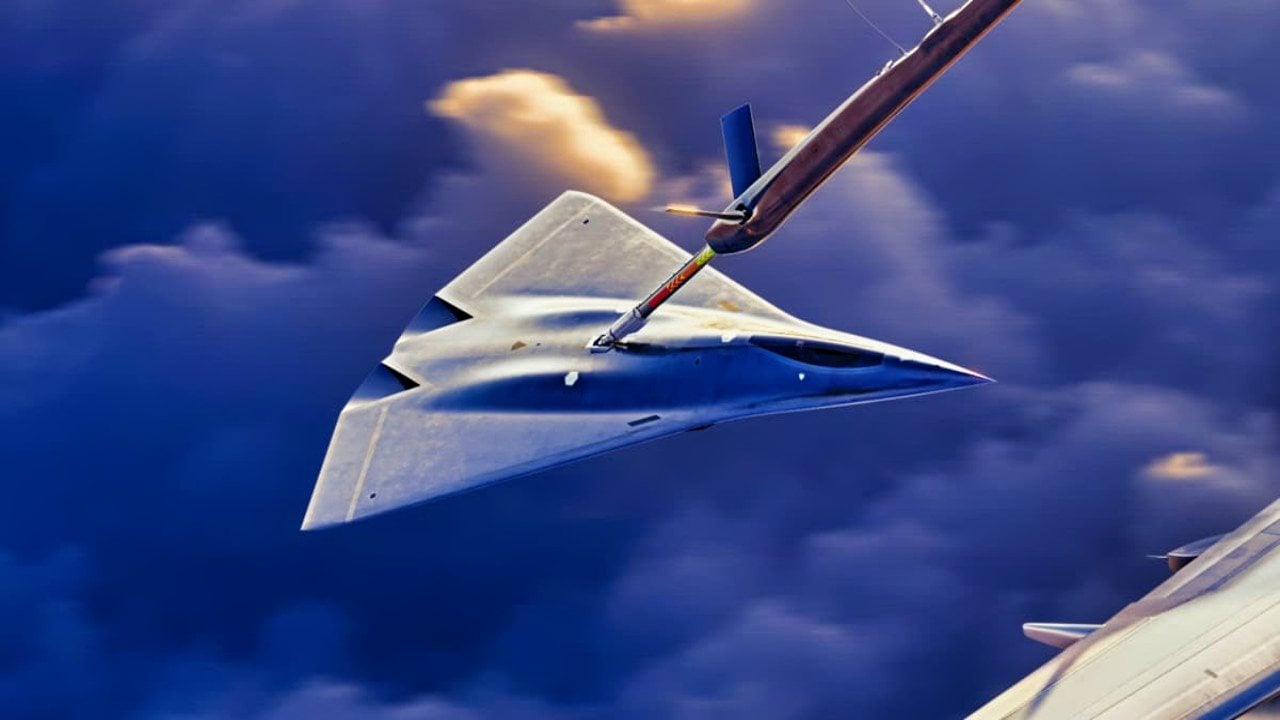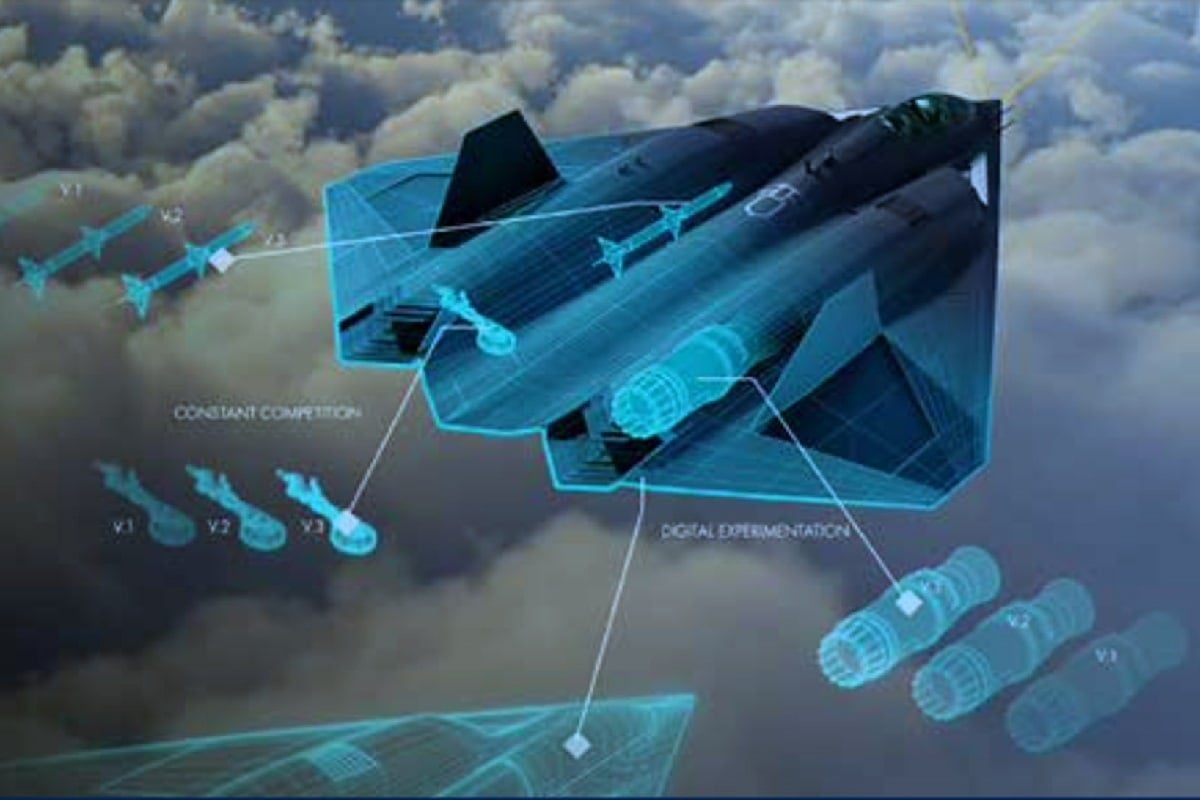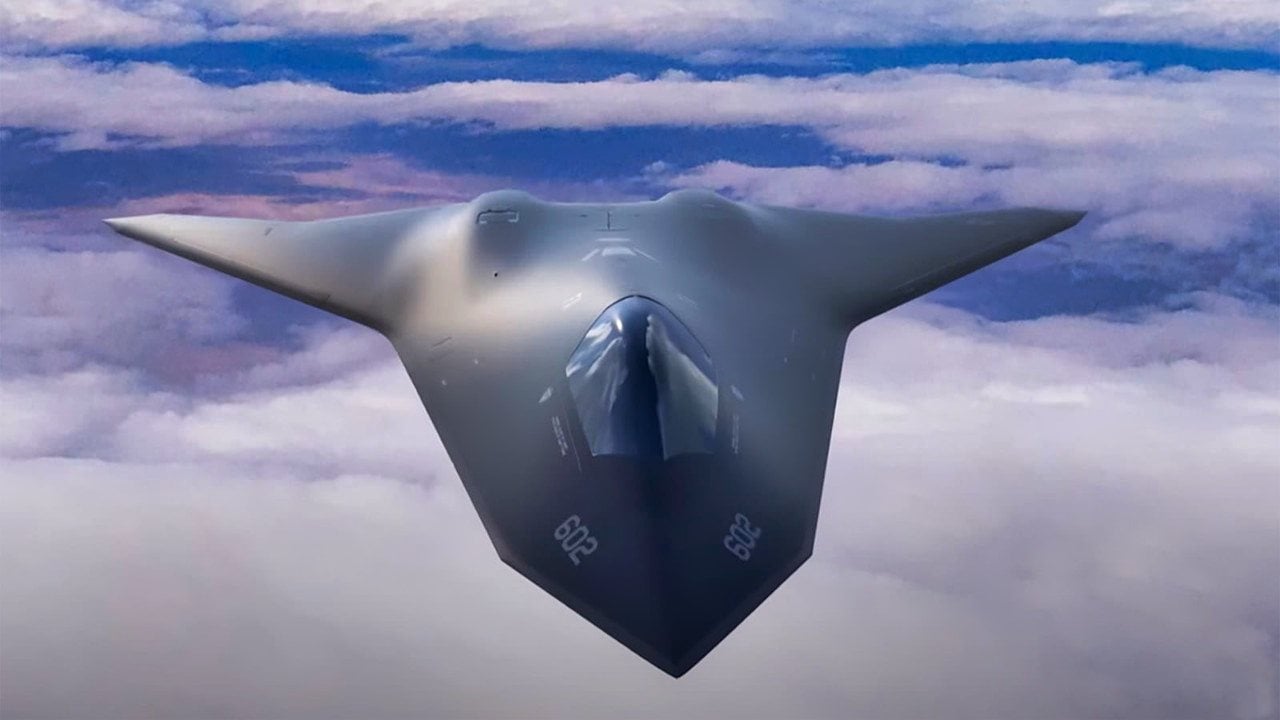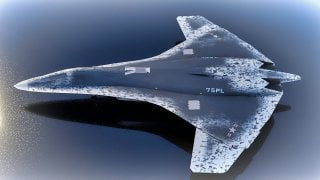Sorry: America Can't Afford $300,000,000 For Each NGAD Fighter Plane
The U.S. Air Force's Next Generation Air Dominance (NGAD) program is scrutinized for its high costs and uncertain deployment timeline. Some experts have declared the new plane could cost $300 million per airframe.
Summary and Key Points You Need to Know: The U.S. Air Force's Next Generation Air Dominance (NGAD) program is being scrutinized for its high costs and uncertain deployment timeline. Some experts have declared the new plane could cost $300 million per airframe.

-Despite national debt concerns and funding uncertainties, the Air Force plans to select a contractor this year.
-The NGAD, envisioned as a "system of systems" with a sixth-generation manned fighter and advanced UAVs, promises enhanced situational awareness and AI integration. Critics argue the program's financial burden is unsustainable, urging investment in drones and AI instead.
-The Air Force's strategy to push Congress for full funding, despite budget constraints, raises questions about prioritizing fiscal responsibility.
The USAF Holds Congress Hostage with Forthcoming NGAD Decision
The U.S. Air Force spends money on wildly impractical and expensive systems that might not even be ready for deployment anytime soon. At the same time, the Air Force struggles to maintain its current fleet of airframes in an increasingly contested geopolitical landscape.
America’s Next Generation Air Dominance (NGAD) system is the next great leap forward in air warfare technology. Or so we have been told by an increasingly twitchy Air Force leadership that insists they absolutely need this “system of systems,” even though it is unlikely to ever live up to its hype – or to be available on time.
Yet the Air Force insists it will choose a contractor to engineer and develop the NGAD at some point this year.
America Cannot Afford the NGAD
The Air Force is doing this at a time when interest repayments on the out-of-control national debt now exceed the country’s annual defense budget, and it is increasingly likely that America will enter into some kind of a debt crisis.
The NGAD is not just another warplane, though that is certainly part of the plan. The proposed NGAD has at its core a manned, sixth-generation warplane that takes stealth and speed to the next level.

But there is much more to the NGAD than just the sixth-generation warplane. An entirely new model of unmanned aerial vehicles – what the Air Force has dubbed “loyal wingmen” – will fly alongside the manned warplane.
It isn’t only the hardware of the NGAD that makes it “next generation.” The software is what counts, or so the proponents of this far-fetched system of systems tell us. It will likely utilize advanced cloud computing to link a multiplicity of sensors together and give the fighter pilot of the manned system greater situational awareness. It is believed that artificial intelligence will create greater synchronization across the various platforms that comprise the NGAD.
Basically, if the F-35 Lightning II and F-22 Raptor were “flying computer chips,” then the proposed NGAD is a “flying network.” But is any of this worth it? Moreover, can the Air Force even build the thing to specifications?
Numerous reports have proliferated in recent weeks about how the NGAD might be on the budgetary chopping block. At the very least, the Air Force is cautioning supporters of the program that the burdensome cost – a single sixth-generation warplane will cost $300 million per plane, and the Air Force dreams of having hundreds of these systems – may significantly delay and complicate the development of this already risky, experimental program.
Nevertheless, the Air Force insists that they will be choosing a contractor – either Lockheed Martin or Boeing – in the coming weeks to build these systems, even if the money is not yet appropriated by a skeptical Congress.
The Air Force hopes it can force Congress to completely fund NGAD by initiating the early phases of the program.
The Air Force Doesn’t Care About the Will of the People
In essence, the Air Force is holding the U.S. Congress hostage. Once the Air Force commits vast sums of money to initiate the construction of these birds, the service assumes, it can force Congress to fully fund the NGAD program. They will sign a contract without having any money in the bank, assuming that Congress will just roll over and do whatever the Pentagon wants.
This is no way to run a government with a debt crisis looming, and with rival states waging comprehensive economic warfare on the United States globally.
Whatever promise the NGAD holds, it will be insufficient next to the risks to America’s economic well-being. Plus, the U.S. already has the world’s most advanced warplane, the F-22, and it also has the F-35. There is no need to replace these systems with even costlier, harder to build, more difficult to maintain, sixth-generation warplanes.
The Air Force should build the next-generation drones. They should probably also invest in the AI and cloud computing capabilities. But just drop the NGAD as a “system of systems.” There’s no need to reinvent the wheel, and at such an unaffordable cost. Further, the Air Force should certainly not be trying to pull a fast one on Congress.
Still, we will all know shortly if the Air Force is going to go crazy and write a check that they certainly cannot cash when it comes to the NGAD.
As the former president might tweet, “TOTAL DISASTER!”

Author Experience and Expertise: Brandon J. Weichert
Brandon J. Weichert, a National Interest national security analyst, is a former Congressional staffer and geopolitical analyst who is a contributor at The Washington Times, the Asia Times, and The-Pipeline. He is the author of Winning Space: How America Remains a Superpower, Biohacked: China’s Race to Control Life, and The Shadow War: Iran’s Quest for Supremacy. His next book, A Disaster of Our Own Making: How the West Lost Ukraine, is due October 22 from Encounter Books. Weichert can be followed via Twitter @WeTheBrandon.
All images are Creative Commons or Shutterstock.
From the Vault
Russia Freaked Out: Why the U.S. Navy 'Unretired' the Iowa-Class Battleships
Battleship vs. Battlecruiser: Iowa-Class vs. Russia's Kirov-Class (Who Wins?)


